Why can't it be just a bare wire? Why bury it so deep? The idea is to remove the dangerous charge under the surface due to the negligible (compared to the ground) resistance of the hoop iron?

Czy wolisz polską wersję strony elektroda?
Nie, dziękuję Przekieruj mnie tamkosmonauta80 wrote:Why can't it be just a bare wire? Why bury it so deep? The idea is to remove the dangerous charge under the surface due to the negligible (compared to the ground) resistance of the hoop iron?
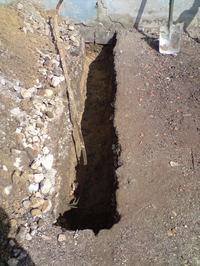
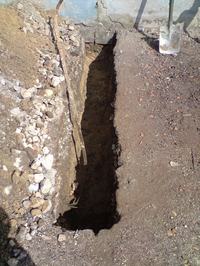
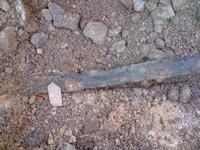
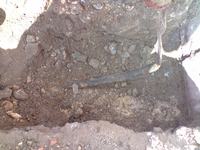
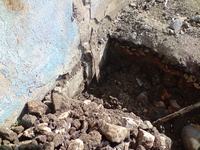
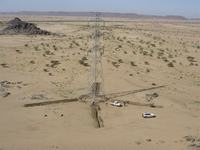
kivors wrote:Miniax wrote:e.g. a shallowly buried hoop can simply freeze along with the ground in winter)
And what if it freezes, loses its conductive properties or what?
kivors wrote:
And what if it freezes, loses its conductive properties or what?
JohnySpZOO wrote:
As for the depth of the hoop in the ground - recently I did, the hoop was dug to a depth of about 1.2 m. Length of the hoop in the ground (vertically and horizontally) 4m. 130? resistance. Condition 10 ? not fulfilled. To this attached hoop iron pins were attached that went vertically to the ground (the total length of the pins is 4.5 m). In such an earth electrode, the resistance dropped to 4 ?, which was obviously confirmed by measurements.
Piotr Sz. wrote:It buries itself below the freezing point because objects that freeze with a layer of soil tend to "pop out of the ground" (such as shallowly buried corpses in crime movies. After a few winters, such a cooperage could be shallowly underneath or lie on the ground.
Miniax wrote:
In electric shock protection, the value of the earth electrode resistance is NOT IMPORTANT. Earthing resistance cannot exceed 10 Ohm in lightning and overvoltage protection.
stasiekm wrote:
yes, completely irrelevant, especially in TT networks (because you can always add a light theory to TN ...) and since it is irrelevant, the grounding resistance may be infinitely large, so grounding may not be
I suggest to my colleague go back to the basics and find out what grounding is and what is the difference between grounding and grounding (and at the "advanced" level, point out the differences between the earthing switch and the earthing switch) and do not spread heresy
Piotr Sz. wrote:
Quote:It buries itself below the freezing point because objects that freeze with a layer of soil tend to "pop out of the ground" (such as shallowly buried corpses in crime movies. After a few winters, such a cooperage could be shallowly underneath or lie on the ground.
